Within the diverse world of photography we don’t always find our niche straight away. For Craig Reilly it was a change of camera system that also inspired him to try street photography for the first time. Now he teaches workshops in the subject and is part of the prestigious Street Photography International collective (#spicollective) which, with more than 300,000 followers, is one of the most popular street photography channels on Instagram.
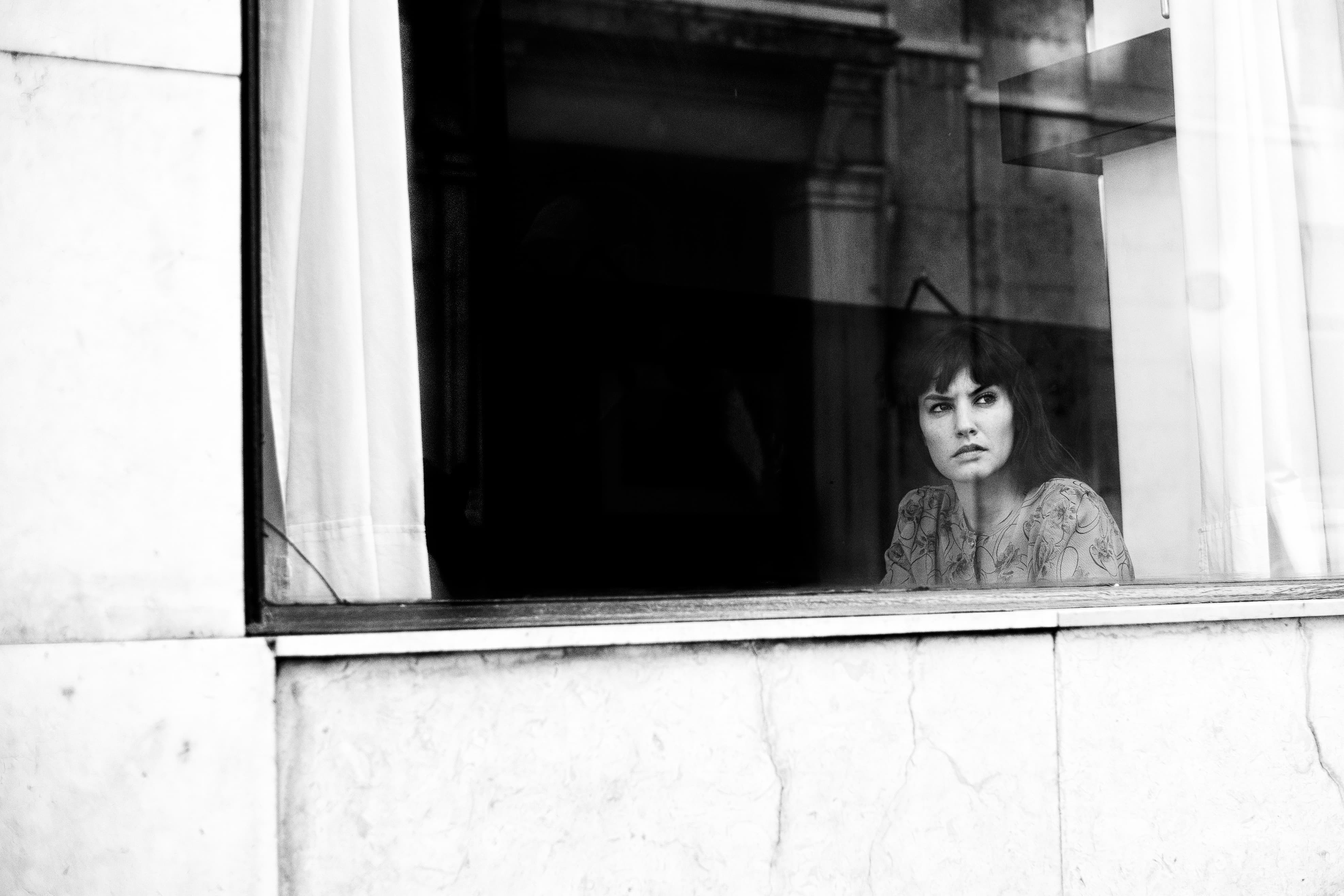
Craig Reilly finds how people interact with their surroundings fascinating
“When I had my DSLR I was shooting mostly landscapes, and some travel shots because I was working for British Airways,” recalled Craig.
“But it got to a point where I didn’t enjoy taking my DSLR kit out with me, because it was so big and heavy. When I bought my first mirrorless camera, the Olympus OM-D E-M10, the size and weight difference was astronomical. I could fit the body, with the 17mm lens, into my jacket pocket, and I didn’t notice any appreciable loss in image quality. It was a no-brainer.”
Street photography
Craig started going out in London with it, shooting a few urban landscapes, and found the smaller camera worked to his advantage.
He said: “It made me inconspicuous, and the technology that it featured – especially the tilt screen and touch-shutter features (whereby you can focus and shoot a picture simultaneously by touching the subject on the screen) – which weren’t available on my DSLR, really lent themselves to street photography.
“I started looking at streetphotography websites, and became inspired by the work of other photographers working in this genre, like Cartier-Bresson, René Burri and Alex Webb. Before long I started posting my own images, and was getting really positive feedback and it snowballed from there.”
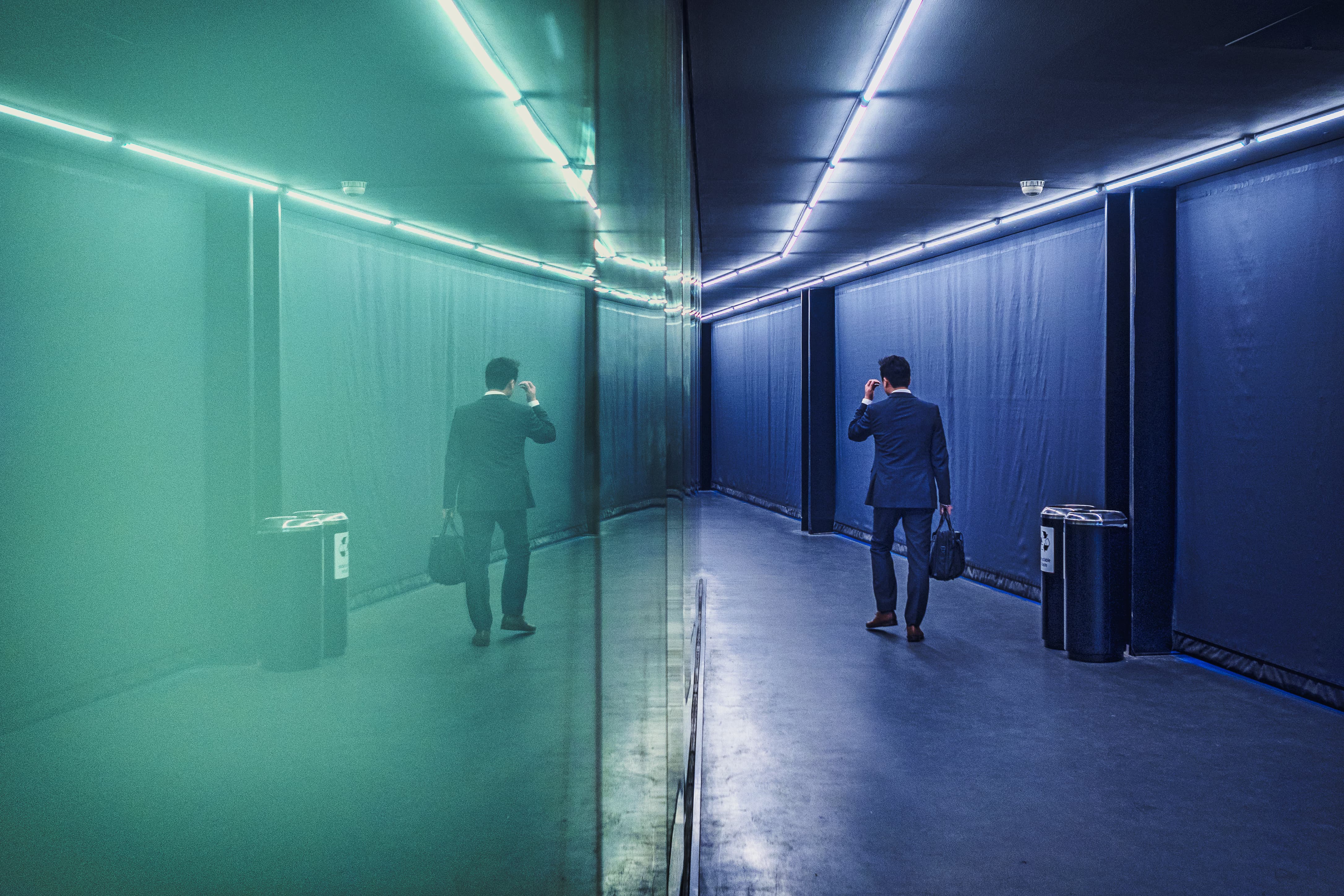
Craig likes to capture the shapes and edges of urban landscapes
Streets or landscapes?
So what, for Craig, is the appeal of street photography over landscapes?
“I guess I’m fascinated by human interactions – I’m a real people watcher – so capturing these fleeting moments really appeals to me. Trying to find the interesting in the mundane, and create artistic images from everyday life,” he responded.

The capital is Craig’s stomping ground and where he captures a lot of his pictures
Craig lives on the outskirts of London, so the capital is his stomping ground. As he said: “I pretty much take the same routes all the time – the South Bank, St Pauls, the Barbican, Shoreditch, but I’ll always end up at Tate Modern. It’s such a giving place for photography. I’m interested in the geometry of the urban landscape. The shapes, the leading lines, the sharp edges – these are things I use a lot in my work.”
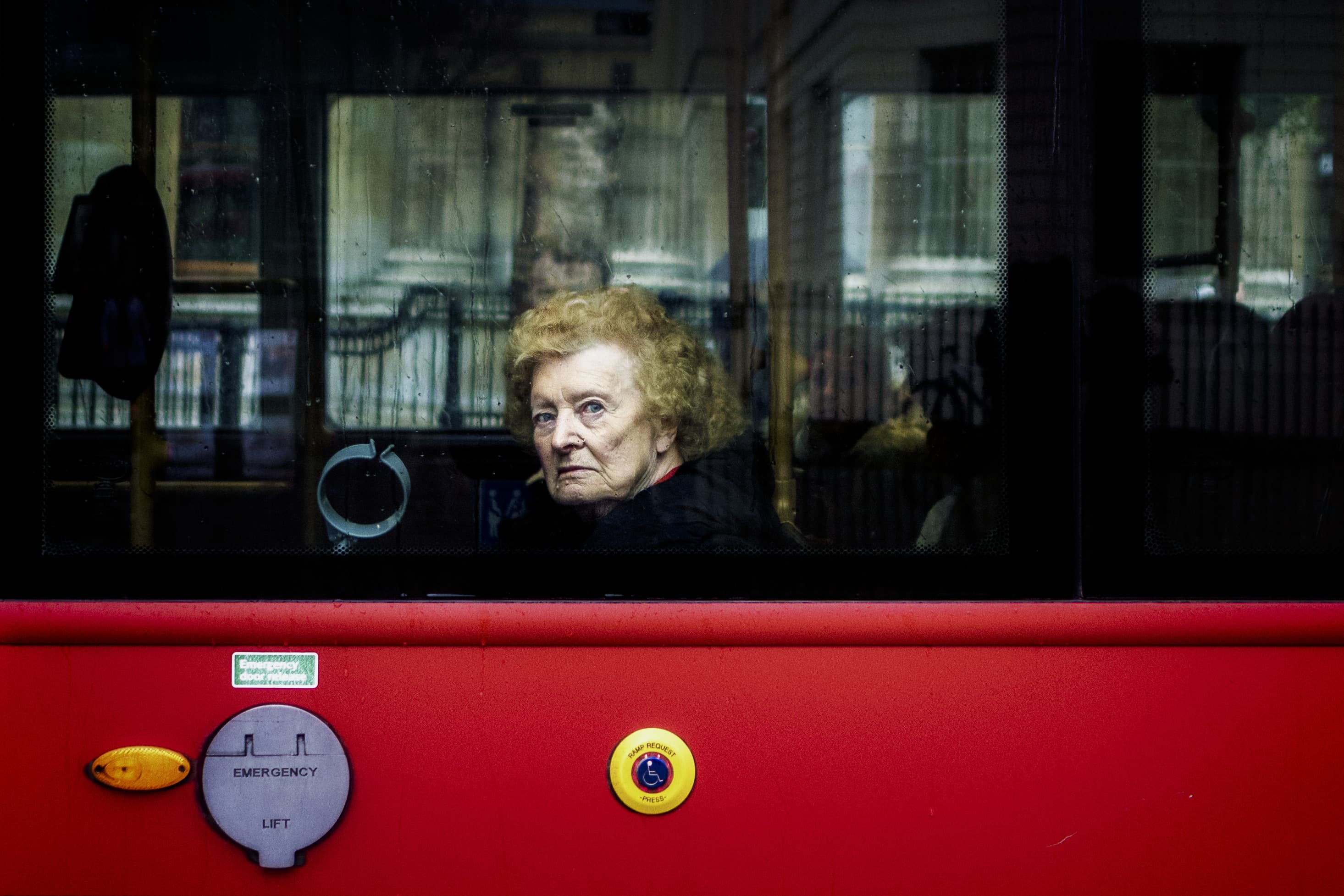
He finds using a smaller camera helps make him inconspicuous when taking photos
Mark II
As Craig became more serious about his work he upgraded to the pro-spec Olympus OM-D E-M1 Mark II; a bit bigger than the E-M10 but still tiny by DSLR standards. Craig’s kit now comprises the E-M1 Mark II plus three prime lenses.
He said: “I only work with primes, and the Micro Four Thirds system has some superb ones in the range. The 45mm in particular is such a sharp lens, great for portraits, though as a telephoto it’s my least-used lens of the three. My go-to lens is the Voigtländer 25mm f/0.95. I shoot almost wide open with it, around f/1.4. It’s manual focus only but I shoot fully in manual anyway – focusing and exposure, for which I often tend to use spot metering. I have my camera set up very simply.”
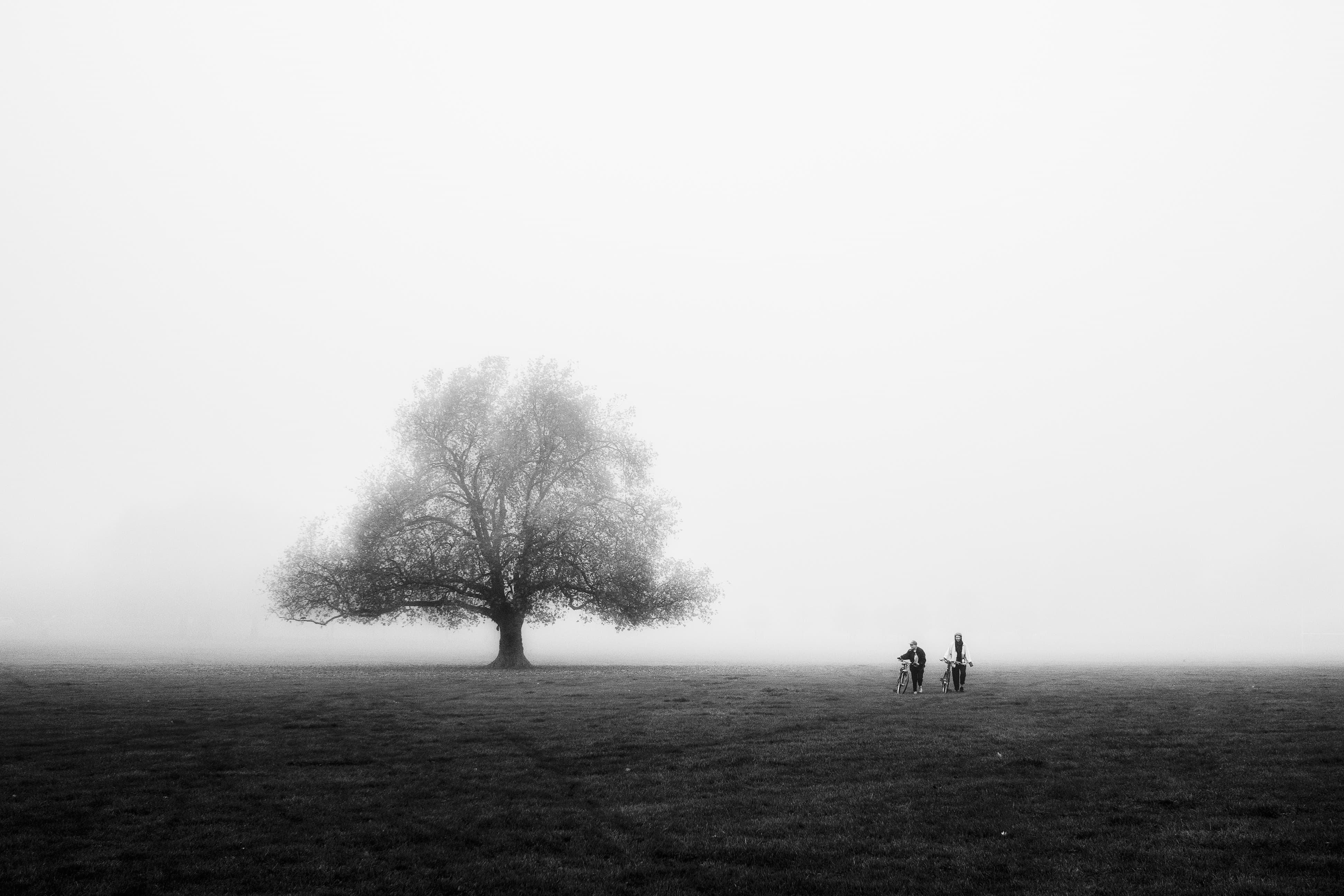
Craig started off shooting landscapes with his DSLR
It is often said that the camera is just a tool but as any DIY enthusiast will know, the choice of tool can have a direct impact on the result. Although the E-M1 Mark II has a smaller sensor than Craig’s DSLR he feels he is getting better pictures, technically as well as aesthetically.
Craig’s kit
- Olympus OM-D E-M1 Mark II
- Olympus M.Zuiko 17mm f/1.8
- Voigtländer 25mm f/0.95
- Olympus M.Zuiko 45mm f/1.8
Top features of the Olympus OM-D E-M1 Mark II
- The image quality, straight out of the camera, is better than I was getting on my DSLR.
- Lenses – between Olympus, Lumix, Leica, Voigtländer and others, in my opinion the Micro-Four Thirds system has the biggest range of really high-quality lenses of any system.
- The size and weight means it’s discreet and isn’t a burden to carry around.
- The vari-angle touchscreen, with touch shutter, enable me to take pictures I would struggle to get with my DSLR.
- It’s completely customisable. You can assign almost any function to any button. You can set it up to suit your way of working.
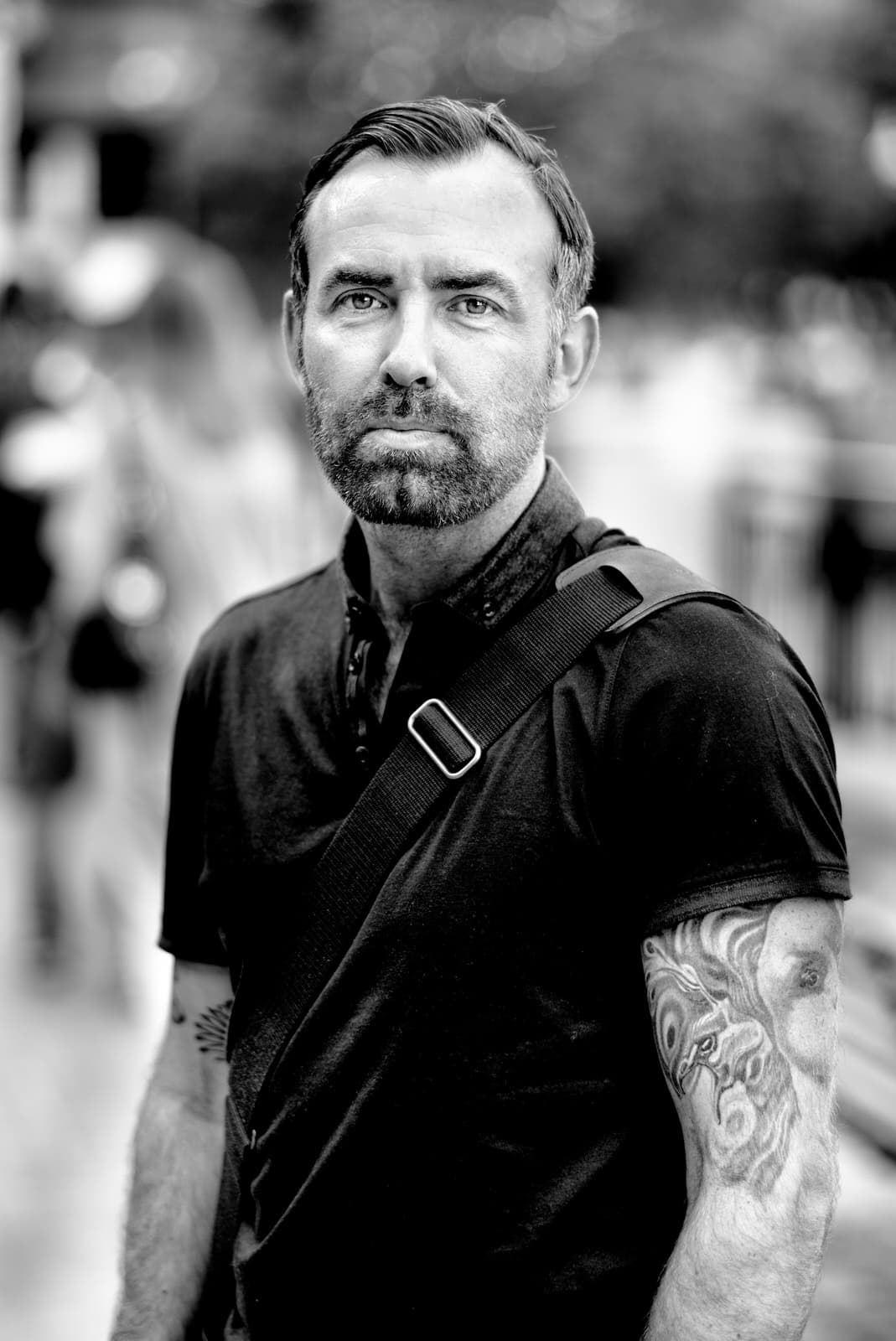
Credit: Alan Schaller
Craig Reilly
Craig Reilly is a London-based street photographer and a member of the Street Photography International Collective. See more of Craig’s work on his website, on Street Photography International‘s website and on his Instagram @furby76. Learn more about the Olympus E-M1 Mark II here.
Craig Reilly’s top three tips
- Don’t delete your photos because there may be something you missed the first time around. I often go back and revisit my old pictures, see something and think ‘How on earth did I miss this?’
- Study the work of other street photographers past and present and be inspired but find your own signature style.
- Take some time to think of the content and how it is ordered within the frame – use your bad shots as well as your successes to learn from. Study them and analyse why they didn’t work. That’s the best way to improve.








